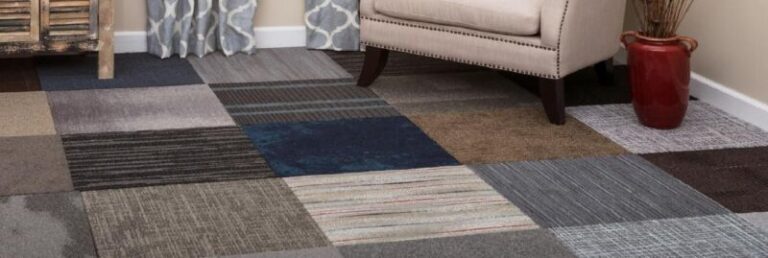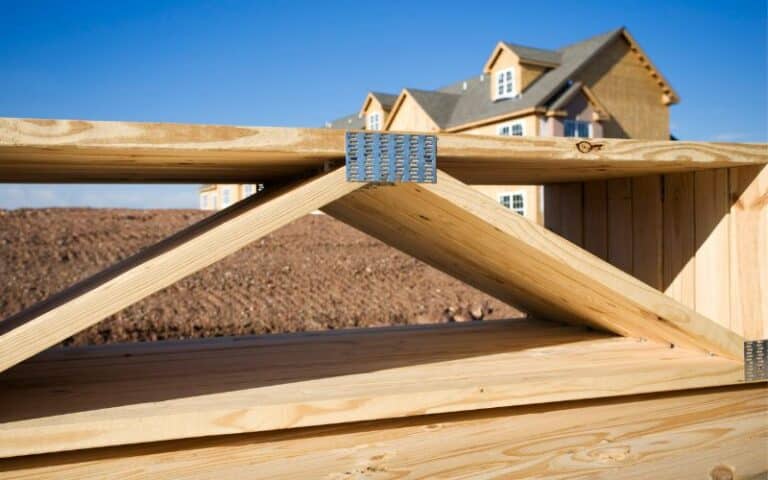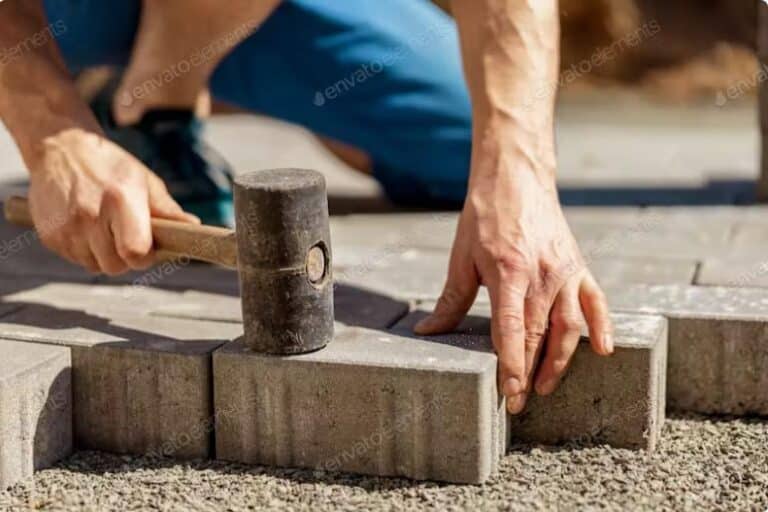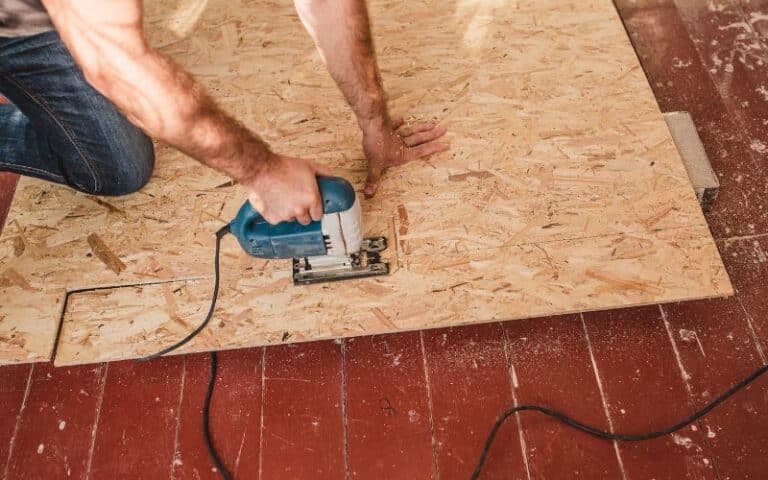Floor vents are the backbone of HVAC systems in every home because they encourage the circulation of warm air in every room.
However, if you have a room with floor vents that aren’t in use and are bringing in bugs, you’ll be eager to close off the vents.
You can finally stop your search because you’ll find the perfect cover for your unused vents here as you read further.
You can cover an unused floor vent temporarily or permanently with a range of materials at your disposal. You can cover a floor with sturdy furniture, a long-lasting magnetic damper, or plastic sheeting. However, make sure you do your due diligence before covering any floor vents in your home to avoid HVAC problems in the future.
In this article, I’ll explain if it’s safe to cover unused floor vents and the materials you can use.
By the end, you’ll know if it’s okay to fill up unused floor vent holes to seal them and how to cover unused floor vents.
Ready for a Flooring Quiz?
What Can You Use To Cover an Unused Floor Vent?

You can use several building items and home materials to cover an unused floor vent; you only need to make your pick.
However, your choice should reflect if you want to temporarily or permanently close the floor vent.
Below are some options you can explore if you’re looking for a temporary or permanent way to cover your unused floor vents;
#1. Carpets
You can cover your floor vents with a carpet or rug that you already have in your home if other options don’t appeal to you.
However, if you only place the carpet over the floor vents without securing it, it’s likely to slip off as people step over it.
Use duct tape to secure the carpet on every edge to stop furniture from slipping off the floor vents.
#2. Sealants
Sealants block fluids, heat, dust, and other unwanted particles from passing through a surface, which means they can also cover floor vents.
You can cover your floor vent with a sealant by applying a layer to the vent cover and pressing it down until it dries.
Also, it’s important to note that sealants are a permanent solution to covering vents, so you shouldn’t use them if you’d prefer something temporary.
#3. Vent Covers
Vent covers are the best options for covering an unused floor vent because they are made for that purpose.
They usually come in materials such as wood, plastic, or metal and can be easily purchased online or at roadside stores.
You can install a vent cover by measuring the length and height of your floor vent and securely attaching a vent cover that fits its measurements.
Additionally, you can paint the vent cover to match the color or decor of your floor if it appears odd after installation.
#4. Furniture Pads
You can use several pieces of furniture in your home to cover floor vents, but they’ll require furniture pads to stay put.
You can attach a furniture pad to your floor vent by moving away the furniture above it and sticking the pad underneath it.
When you’ve attached the pads to the furniture, you can place it over the vent again, and it’ll no longer slip off.
Is it Safe to Cover Unused Floor Vents?
It isn’t safe to completely cover unused floor vents in your home because of the problems that could arise in the long run.
All the vents in a home are important because they play a crucial role in the circulation of hot and cold air during extreme weather conditions.
Therefore, when you completely seal a vent, the balance between hot and cold air is disturbed and may have dire consequences.
For example, floor vents help to circulate warm air in the home during cold weather, so by closing it, you’re exposing yourself to cold.
Also, if the hot air underneath the floor vents can’t escape because they’re sealed, it may build pressure underneath that could affect the HV/AC.
However, if you’re willing to compromise by sealing 75% of your unused floor vents rather than 100%, you can avoid such problems.
For further understanding, below are the pros and cons of covering up floor vents;
| Pros of Covering Floor Vents | Cons of Covering Floor Vents |
|---|---|
| It helps you cut off hot air in unused rooms. | It could affect proper airflow in a building. |
| It helps you get rid of bugs and pests. | It could make the room inhabitable in cold weather. |
| It allows you to manage the heating in your building. | It can lead to HVAC problems in the future. |
| It removes the possibility of people tripping over them. | It can damage furniture that’s used to block it. |
How To Cover Unused Floor Vents (A Step-by-Step Guide)?
You can cover an unused floor vent by making a vent cover out of plywood or using a sheet magnet to seal it.
You can use many other materials to cover a floor vent, but the two methods mentioned above are the most reliable.
Luckily, there’s also a step-by-step guide provided below to guide you on how to cover your unused floor vents with sheet magnets or plywood;
#1. How to Cover Unused Floor Vents with Plywood?
You can make a vent cover using plywood if you’re looking for a semi-permanent solution to your unused floor vents.
All you’ll need to do is follow the steps explained below carefully to get the best results:
Step 1: Measure the Vent Plate Accurately
First, you’ll need to unscrew the vent plate from the floor and remove it completely.
Once you’ve done that, get a measuring stick or tape and take accurate measurements of the length and height of the vent plate.
When you’re done, write down the measurements correctly and keep them close because you’ll need them for the next step.
Step 2: Cut Out the Plywood
Next, reach out for the piece of paper where you wrote down the measurements for the vent plate and ready your measuring tape.
You’ll need to mark the same measurements of the vent plate on the plywood using the measuring tape and get ready to cut.
After you’ve completed the measurements, use a saw to carefully cut the plywood and ensure no cracks or holes.
Step 3: Tape the Plywood to the Vent Plate and Secure it
You can now line the plywood you cut out earlier with the vent plate until its edges are perfectly matched.
Next, get some quality building tape or duct tape and use it to securely stick all four edges of the plywood and vent plate together.
After that, place the vent plate back on the floor vent, but ensure that the attached plywood faces the vent to block it.
Lastly, replace the screws on the vent plate to seal the deal and prevent any air of bugs from escaping through the floor vent.
#2. How to Cover Unused Floor Vent with Sheet Magnet?
You can cover your unused floor vents with a fitted sheet magnet if you’re looking for an affordable and long-lasting option.
To properly cover your floor vents with sheet magnets, you’ll need to thoroughly follow the steps explained below:
Step 1: Take Accurate Measurements of the Floor Vent
You should use a measuring tape or stick to get the exact measurement of your floor vent.
Next, write down the exact measurements of the floor vent and keep it handy until needed.
Step 2: Purchase and Measure a Sheet Magnet
The most important part of this process is the sheet magnet, which will block the floor vent, so you’ll have to purchase one first.
Once you’ve purchased an amount of quality sheet magnet that would fit your floor vent, you’ll need to cut it out.
You’ll need to cut out the sheet magnet using the measurement of the floor vent you took earlier and make sure it’s done accurately.
Step 3: Attach the Sheet Magnet to the Floor Vent
Lastly, you’ll need to attach the sheet magnet to the floor vent to complete the process, but you’ll need to do so carefully.
Then, place the edges of the sheet magnet over the floor vent so that the edges are lined up perfectly.
After you’ve confirmed that the edges are lined up, you’ll need to press the sheet magnet against the floor vent for it to stick.
Is it Okay to Fill up Unused Floor Vent Holes to Seal Them?
It’s perfectly okay to fill up unused floor vent holes to seal them, especially if you’ve been assured it won’t affect your HVAC system.
However, before permanently sealing off the floor vent hole, contact a professional to confirm it is safe.
After it’s been certified as safe, please stick to the professional to fill the hole as they see best to avoid complications.
Building professionals often prefer hardwood or carpets to permanently seal off floor vents, depending on your preference or the floor decor.






